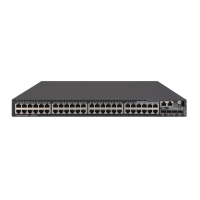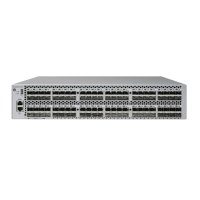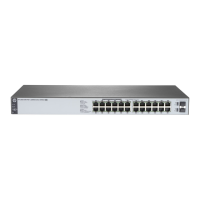129
Portal configuration task list
(Required.) Configuring a portal authentication server
(Required.) Configuring a portal Web server
(Required.) Enabling portal authentication on an interface
(Required.) Referencing a portal Web server for an interface
(Optional.) Controlling portal user access
• Configuring a portal-free rule
• Configuring an authentication source subnet
• Configuring an authentication destination subnet
• Setting the maximum number of portal users
• Specifying a portal authentication domain
(Optional.) Configuring portal detection features
• Configuring online detection of portal users
• Configuring portal authentication server detection
• Configuring portal Web server detection
• Configuring portal user synchronization
(Optional.) Configuring the portal fail-permit feature
(Optional.) Configuring BAS-IP for portal packets sent to the portal authentication server
(Optional.) Applying a NAS-ID profile to an interface
(Optional.) Enabling portal roaming
(Optional.) Logging out portal users
(Optional) Configuring the local portal Web server feature
Configuration prerequisites
The portal feature provides a solution for user identity authentication and security check. To
complete user identity authentication, portal must cooperate with RADIUS.
The prerequisites for portal authentication configuration are as follows:
• The portal authentication server, portal Web server, and RADIUS server have been installed
and configured properly.
• To use the re-DHCP portal authentication mode, make sure the DHCP relay agent is enabled
on the access device, and the DHCP server is installed and configured properly.
• The portal client, access device, and servers can reach each other.
• To use the remote RADIUS server, configure usernames and passwords on the RADIUS
server, and configure the RADIUS client on the access device. For information about RADIUS
client configuration, see "
Configuring AAA."
• To implement extended portal functions, install and configure CAMS EAD or IMC EAD. Make
sure the ACLs configured on the access device correspond to the isolation ACL and the
security ACL on the security policy server. For information about security policy server
configuration on the access device, see "
Configuring AAA." For installation and configuration
about the security policy server, see CAMS EAD Security Policy Component User Manual or
IMC EAD Security Policy Help.

